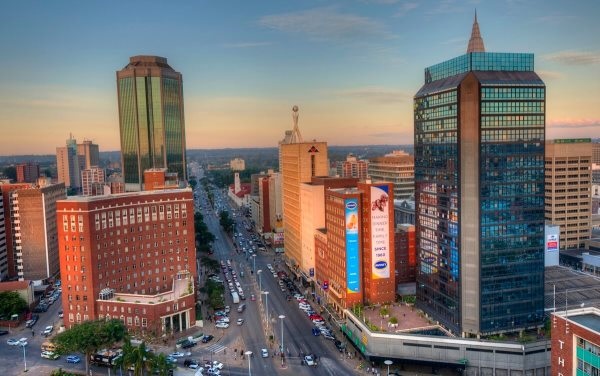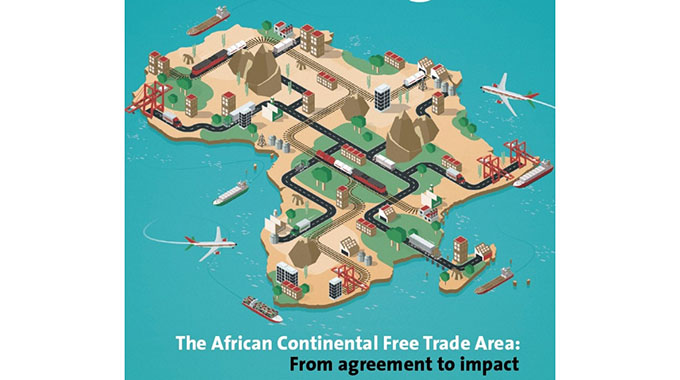Enhance value addition, mining, manufacturing sectors told
PRESIDENT Mnangagwa has reiterated the need for the mining and manufacturing sectors to enhance value addition by leveraging both existing and new investment energy projects to boost the two industries’ contributions to the economy.
The new energy projects are expected to further increase capacity utilisation feeding into employment creation and yielding decent livelihoods.
According to the National Development Strategy 1 (NDS1), energy is a key enabler in terms of accelerating the country’s modernisation and industrialisation agenda, as well as sustainable socio-economic growth.
To address perennial power shortages in the country, Government is undertaking several power generation projects, most of which are financed by extra-budgetary funds, loans and the private sector.
Addressing the nation during the Heroes Day commemorations on Monday, President Mnangagwa said the role of the energy and power sector in socio-economic development through industrialisation cannot be over-emphasised.
“Our mining sector continues to benefit from investment into new and existing projects. I exhort players in the sector to ensure that we derive maximum benefits from the precious minerals, which our heroes fought for, by value adding and beneficiating them,” said President Mnangagwa.
Mining is a strategically key economic sector for Zimbabwe. While the depressed mineral prices trend on the international market is continuing, potentially affecting revenue from the mining industry not only for Zimbabwe but globally, the Government has set sights on increasing mineral production and fostering value addition.
This would mitigate the adversarial impact commodity price depreciation on the international market will have on revenues from Zimbabwe’s mining sector.
Government has set a new US$40 billion by 2030 target for the mining sector. This comes as the industry recorded US$20,5 billion in exports over the past five years.
The growth of the sector has been largely spurred by an improved investment environment, which, according to the Ministry of Mining and Mining Development, contributes 50 percent of the foreign direct investments.
President Mnangagwa
At least 45 000 jobs have been created in the sector over the past five years. Apart from employing thousands, mining in Zimbabwe accounts for over 12 percent of gross domestic product.
“The role of the energy and power sector in socio-economic development through industrialisation cannot be over-emphasised. Low power production levels at Kariba Power Station are being offset by the Hwange 7 and 8 expansion project, which now feeds a constant supply to the national grid,” said President Mnangagwa.
“Among numerous power augmentation projects, two large solar plants with a total capacity of 250 megawatts are being developed and will soon be commissioned.”
President Mnangagwa said with more energy units to be added to the national grid, several sectors of the economy are set to benefit.
“Our manufacturing sector is expanding value addition and beneficiation activities. This has seen manufacturing capacity utilisation increasing to 53 percent and the creation of jobs, which are yielding decent livelihoods,” he said.
The business community has commended the Government for improved electricity generation, which has boosted production and reduced load shedding.
Businesses say the increased generation is the ingredient needed to spur growth, especially in the manufacturing sector, which together with others such as mining and agriculture is expected to play a leading role in the attainment of an upper middle-income society by 2030.
The Second Republic improved the country’s power generation capacity when it expanded US$1,4 billion Hwange Thermal Power Station’s Unit 7 and 8. Government secured funding from China in 2018 for the project.
This is one of the Government’s signature projects that has changed people’s livelihoods and aligns with the core objectives of NDS1.
Under the Second Republic, President Mnangagwa is driving the thrust towards energy self-sufficiency with the country becoming a net exporter of surplus energy in the region. — chronicle










